Electric Vehicle Testing Equipment
Electric vehicle testing equipment and tools The rapidly increasing integration of embedded electronic control units (ECUs) in nearly every onboard...
Unlock Engineering Insights: Explore Our Technical Articles Now!
Discover a Wealth of Knowledge – Browse Our eBooks, Whitepapers, and More!
Stay Informed and Inspired – View Our Webinars and Videos Today!
Exploring the future of software-defined vehicles through expert insights.
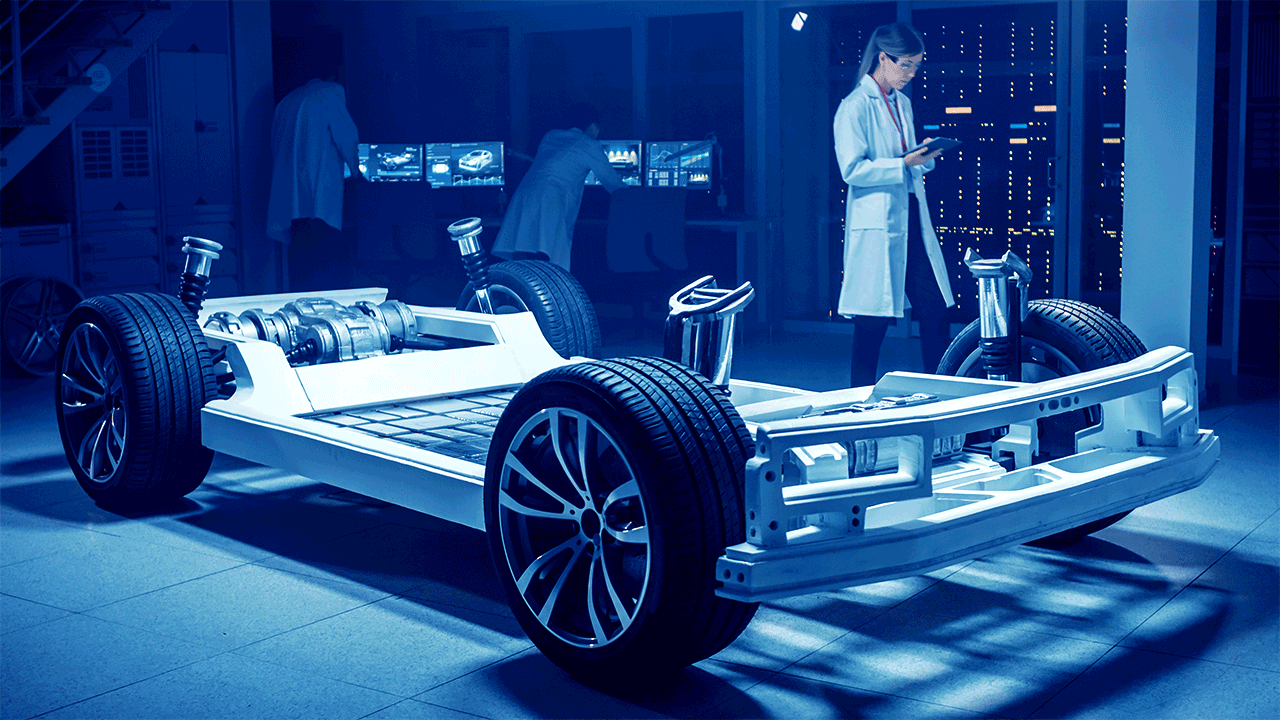
As several OEMs continue to announce the release of their new electrified vehicles, one can only presume that the world of automotive is shifting into something more heavily dependent on the electric battery (high-voltage). News about electric vehicles (EVs) is not that new, but the most recent development surrounding EVs may leave people feeling both excited and staggered—we are witnessing history being made within the evolution of automotive technology. As many of those working closely inside the industry can attest, it should be reiterated that this newly rising innovation will need continuous support to guarantee every aspect of electrification operates properly as intended once in the consumers’ driveway. Pushing the industry towards electrification, and presumably, the eventual mass implementation of EVs will shift the EV market and the overall automotive supply chain.
Due to the pandemic, we have already seen how disruptions and delays in raw materials can decrease different distributors’ inventory levels. Assuming that many external concerns will be alleviated, product development and testing are internal aspects that more directly reflect how organizations can adapt to the requirements for EV testing. Testing these sophisticated vehicles is just as important as it is for conventional vehicles, but the different software and components involved will require different steps and infrastructure to be addressed. In addition, there are standards in different stages of life that will affect EV testing, even more so as new standards are developed. All of these considerations are active concerns as the automotive world still strives toward evolution to autonomy. To properly support the EV ecosystem with continuous EV testing, these are the questions and concerns that will need to be addressed within the industry to maintain stability and growth throughout the future.
Before expanding on the importance of EV testing and some of the opportunities and challenges involved, it is best to define it. Simply put, EV testing involves testing electric vehicle models, not only at the full-vehicle level but also at a component level. With the proper testing facilities, organizations should be able to integrate their EV, decompose it down to different subsystem and component levels, and perform different tests as required by their previously established requirements. In other words, EV testing should address both functional and functional safety testing, relative to its functional requirements. Depending on what level that organizations are testing, the infrastructure and level of integration will be different.
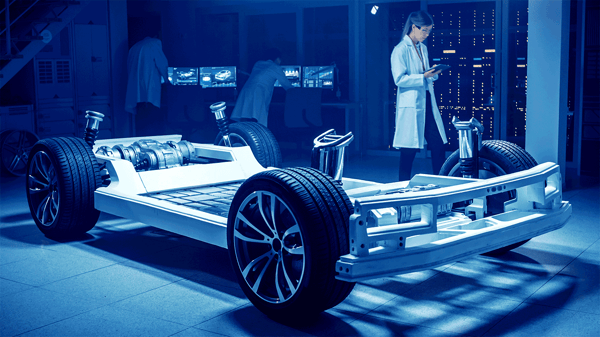
Each step in the lengthy process of electrification has attempted to advance the innovative technology in automotive vehicles while reducing the negative impacts vehicles have had on the environment altogether. Testing the electric vehicle in its most simple state, all the way through to its most complex state is what can help guarantee such positive results.
There are a few different types of EVs but that does not necessarily complicate the testing involved. Whether a battery, plug-in, or hybrid EV, developing your requirements and test cases would reflect the technologies you are dealing with. With all-electric models, the systems and components would be high-voltage battery based. Since hybrids usually contain both an electric motor and an internal combustion engine (ICE), you would be dealing with both systems during testing. Regardless, the testing could still be handled at module and component levels, as well as at subsystem and full-vehicle levels.
Testing EV high-voltage batteries is an important aspect of the overall development of EVs because they affect power, range, and efficiency. More specifically, organizations looking to perform battery testing may focus on battery management systems. A battery management system (BMS) refers to an embedded battery unit that performs different critical functions. Aside from safety and communications, these units can also monitor battery cells and battery life. Testing at this level ultimately involves testing for battery performance and lifecycle.
In the past, conventional gas-fueled vehicles often used to define their performance by the size of their engine. The ICE and its components will reflect the overall vehicle’s ability to gain acceleration, and its top-end speed to allow for the best use of the vehicle’s complex systems and features (with limited adjustments). In contrast, an EV’s high-voltage battery performance can often be defined by adjustments in software. The overall battery capacity and motor output can also define its performance and multiple operational modes, but the main aspects of performance—acceleration, range, etc.—can ultimately be modified by making changes in the software.
Organizations can expect EV testing difficulty to increase as they move from one level of anatomy to the next—testing at a microchip level will most likely be less strenuous than testing at a full-vehicle level. If starting at a chip level, you will choose one to be added to a processor, such as an electronic control unit (ECU). Then, after proper functional environmental testing for that, you could integrate that ECU into a subsystem, such as a battery management system (BMS). After testing at that level, you could integrate that into a full vehicle and test at that level. This is an iterative lifecycle testing process, in which you can slowly build up from components all the way up to the vehicle level performance and environmental testing.
Environmental testing (i.e., Temperature, vibration, shock, electromagnetic interference, etc.) is important for EV testing at each level because vehicles’ battery and subsystem designs will be susceptible to environmental damage. At the same time, it can be difficult to integrate environmental scenarios, even in a controlled environment, because of the uncertainty and variation in real-life scenarios. The challenge in this phase of testing can vary depending on the overall battery and component design of the vehicle being tested for as well.
Even though EV testing focuses on EVs at both the full-vehicle level and the component level, it will also involve broader aspects that include EV equipment and technology. The process of EV testing should include the incorporation of charging stations/infrastructure and battery management systems, along with other subsystems. This adds another layer of intricacies within EV testing that reflects its true significance in the EV market. Even then, there are additional factors that demonstrate how important this testing really is.
As mentioned before, the importance of EV testing lies in the fact that it is both functional and functional safety testing. As the growth of EV testing and the EV market, in general, continues to increase, this is something well-worth reiterating. The functional safety ecosystem embodies key areas of product functional safety that guarantee low-risk, efficient operability, and advanced technology for modern transportation. In addition, pursuing each area of that ecosystem pushes forward the development of autonomous technologies within the automotive industry. EVs and AV capabilities are very much linked—the drive toward an autonomous world depends on the growth of EVs. OEMs will utilize electric vehicle testing for implementing autonomous features, and if— (a tremendous “if”)—our society can ever reach full autonomy, there is no doubt that the vehicles implemented into the market will be EVs or at least hybrid vehicles. This presents one significant area of potential opportunities and challenges, but there are several more.
Like any new landscape or market within automotive, the testing involved with electric vehicles will produce a plethora of opportunities, challenges, and concerns. Since we are still at the beginning of this long race, many of these will be things that are both expected and unexpected. Electrification can become complex fast, so anticipating unplanned disruptions in some of the EV market’s progress can allow room to adapt and redefine priorities. One example of factors that can create unexpected challenges in security.
With the extensive software-based features and different autonomous capabilities included with EVs, software development and cybersecurity are immediate concerns for EV testing, along with the overall market. That being said, cybersecurity is a whole field in itself that changes frequently. Its complexity holds an overarching concern for many aspects of product functional safety and will continue as the industry develops more software-based vehicles that are heavily dependent on data.
Another opportunity that should come with the development of EV testing is the sector of electric trucks within the EV market. Big household OEM names—Rivian, Ford, Hummer, GMC—have announced the release of their version of all-electric pickup trucks for the first time. This sector of the EV landscape is also in its infancy stage, so there will need to be a lot of successful testing to ensure that the electric components of these trucks can meet and/or exceed the performance and safety of their gas-fueled counterparts. It will involve potential integration challenges, range requirements, and several new safety considerations. Adding in this factor with other external considerations, relative to supplier and manufacturer resources, could potentially create multiple subsequent opportunities and challenges for EV testing.
The standards needed for the EV market will also provide different opportunities and challenges. Since autonomy is another popular area where standards are being understood and developed, it may help influence standards for EVs. Overall, it will be interesting to see how standards are developed because there will be a merger between automotive (ISO), electric (IEC), and even AUTOSAR. Moving toward a higher population of EVs will also directly influence EV charging and electric battery infrastructures. Higher quantities of each will require a greater demand for EV testing facilities. The more there are, the more organizations can prioritize testing for EV components and subsystems.
With all of these opportunities and potential concerns, there need to be different ways to support the EV market sufficiently. There will be a high demand for testing centers, labs, and facilities where EV testing can be performed continuously. Likely, bigger OEMs may already have these infrastructures built on-site at their headquarters, but that will leave copious small to medium-sized organizations stuck in the mud. That leaves a significant hole in the EV market—one that will need to be filled.
As the market for EVs and their components grows, the need for EV testing will increase in parallel. If the industry can reach a state where EVs are produced and then mass-distributed into the consumer market, there will need to be support solutions that enable continuous insight and analysis of how these vehicles perform. EV testing provides the opportunity for organizations to test and validate their products. Though there are only a small amount of EV testing centers and facilities to help support this testing, it is assumed that more organizations with such resources will break into the scene. In addition, there are factors such as EV standards and cybersecurity that will affect how organizations perform EV testing, but those will have to be addressed as the industry continues to develop. Electrification is a long journey that has only just begun, and each milestone made in the process will create new advancements in innovative technology needed to continuously guarantee performance safety when utilizing automotive vehicles.
Why is Data-driven User Experience important in EV Technology
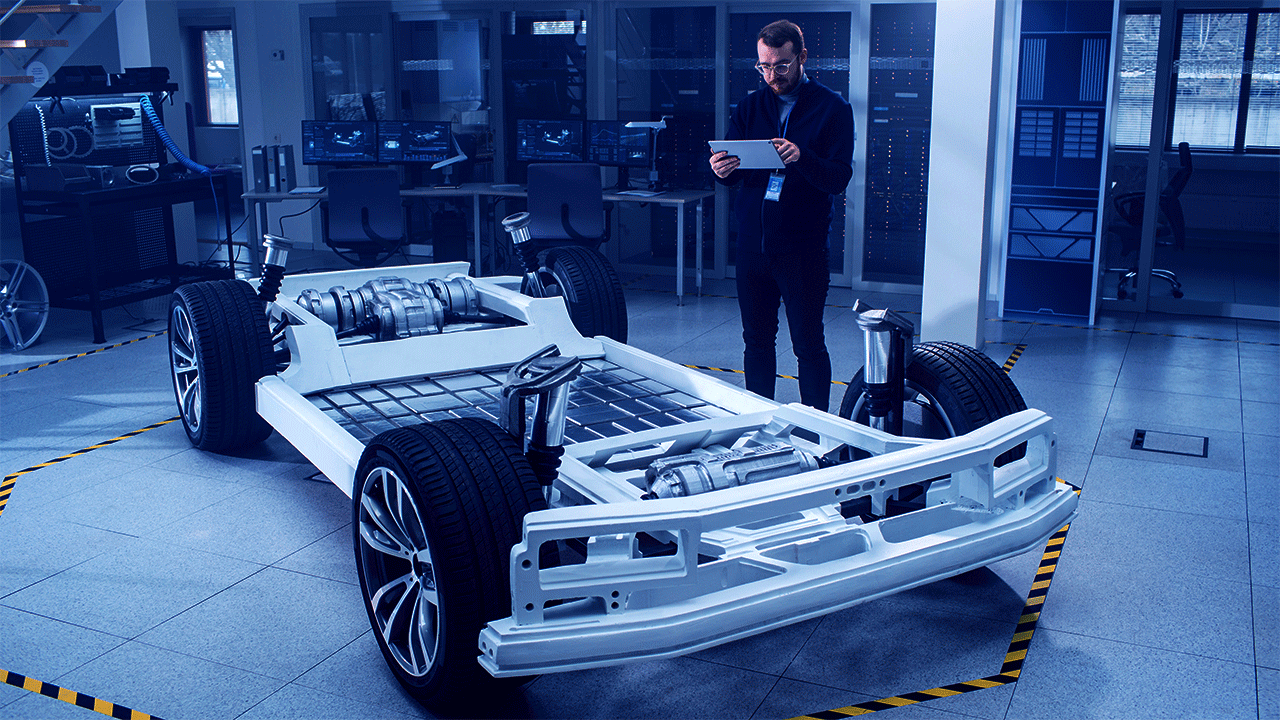
Electric vehicle testing equipment and tools The rapidly increasing integration of embedded electronic control units (ECUs) in nearly every onboard...
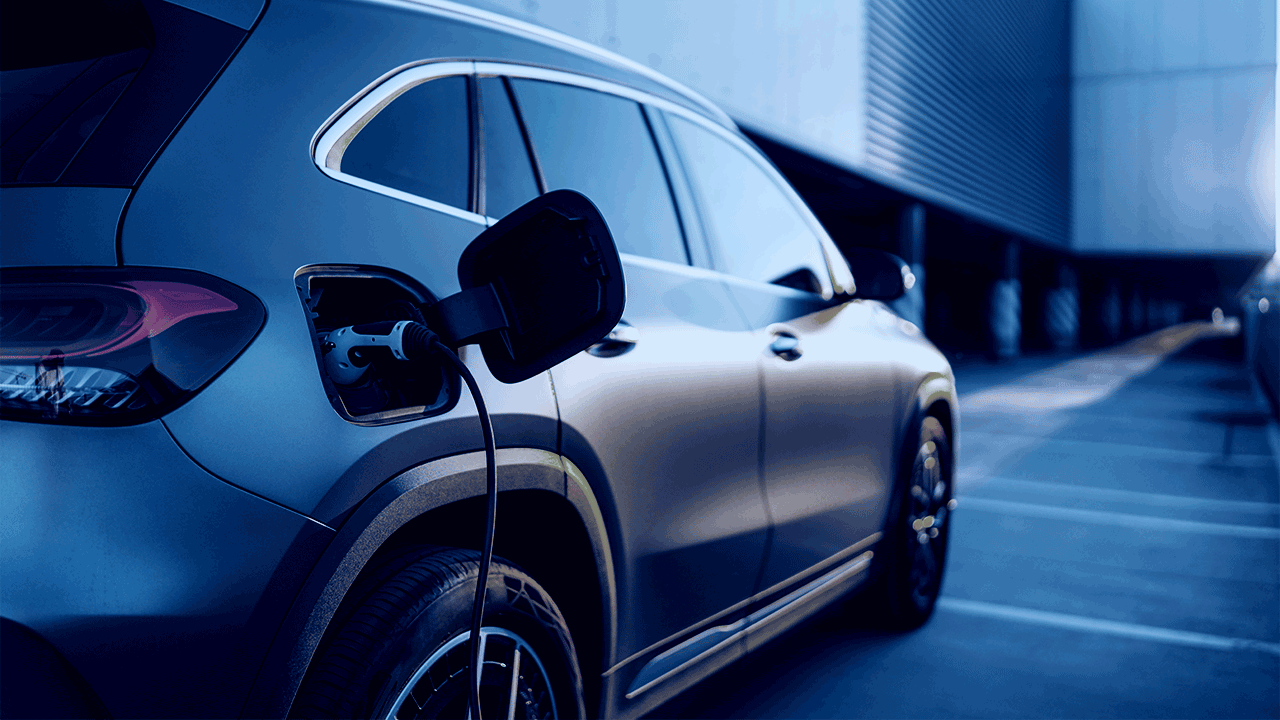
1 min read
What Are the Different Electric Vehicle Standards? Introduction Electrification is a process that has been around for decades. The history of the...
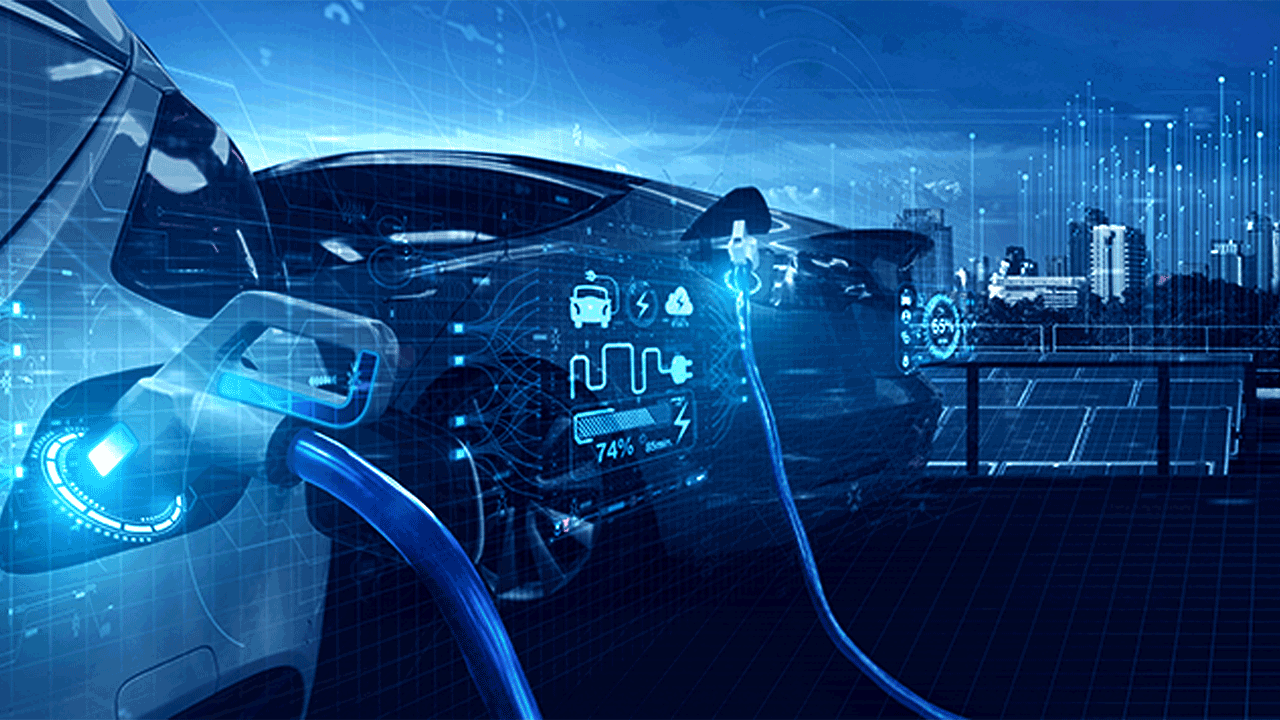
Introduction The automotive industry has made several monumental advancements in vehicular technology that have redefined the understanding of modern...